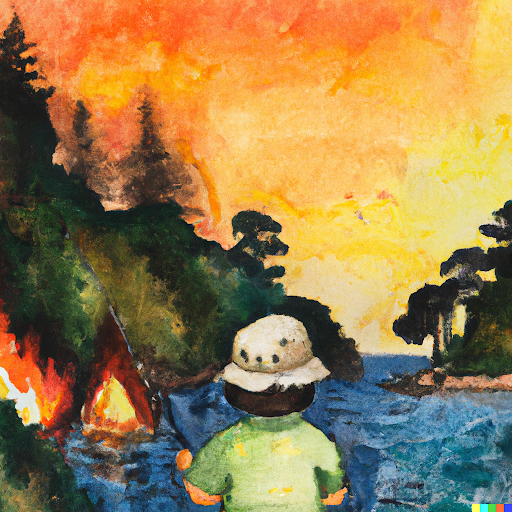What is El Niño
El Niño means “the little boy” in spanish. South American fishermen were the first to notice the inconsistency of warmer waters in the Pacific, and in the 1600s, they affectionately coined the phenomena “El Niño De Navidad” (the little boy of December).
Geologically, ENSO occurs when ocean temperatures are warmer than average, rainfall is above average, surface pressure falls lower than average, and rising air motion increases in the Eastern and Central Tropical Pacific Ocean.
Averages are taken into heavy consideration because temperature/precipitation fluctuations are normal and expected in any climate. However, when these fluctuations slip into the extremes, countries can expect to see extreme weather events.
How has La Niña affected the U.S thus far?
We’ve been experiencing La Niña for a while now, meaning that there’s been many years of warmer winter temperatures and increased rainfall. Because of this, forests in and around Canada, Australia, the Northern U.S, and the South Pacific have experienced abnormal growth.
Ok… but aren’t trees good for taking carbon dioxide out of the air?
Affirmative! Trees do suck in carbon dioxide through the process of photosynthesis. But the carbon doesn’t just disappear, it gets stored in the wood as the tree grows. The carbon re-enters the atmosphere when a tree either decomposes or gets burned down by some natural or artificial cause.
El Niño is a cooler, dryer period that we are headed for. When overgrown greens dry up and someone, hypothetically, decides to have an open fire barbecue in the forest, something as trivial as an unrestrained spark could trigger a domino effect: devastating an entire forest.
Naturally, when a forest goes up in flames, stored carbon makes a re-appearance. This is the reason for poor air quality in the North Eastern U.S, a consequence of Canada’s wildfires.
This is only the beginning of what’s to come this El Niño season. Canada, Australia, the South Pacific and the Northern U.S are bracing for more droughts and fires.
Why is this concerning?
It’s concerning because the effects of climate change are amplifying the effects of these weather patterns.
What can I do to help?
The first step is to be aware of the facts of the situation. The next is to advocate for the truth when, inevitably, misinformation comes up in conversations about the climate.







